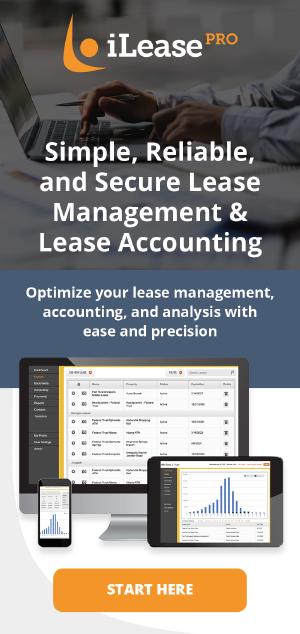The Financial Accounting Standards Board (FASB) introduced ASC 842 to make lease accounting more transparent. Before this rule, many leases—especially long-term ones—weren’t shown on the company’s balance sheet. That meant a business could lease offices, vehicles, equipment, and still appear like it had fewer financial obligations than it really did. Investors, lenders, and regulators found this misleading. It made it hard to compare companies fairly, because one business might buy its assets outright (which shows up as debt), while another leases everything and hides those obligations off the books.
So, the FASB stepped in with ASC 842. The goal was simple: bring most leases onto the balance sheet so that financial statements reflect the full picture of what a company is using—and what it owes.
Under ASC 842, when you lease something for more than 12 months, you now record two things:
- Right-of-use asset: your right to use the leased item.
- Lease liability: your obligation to make future lease payments.
Real Estate Lease (Office Space)
Imagine your company leases office space for five years. Under the old rules, this was treated like a monthly rent expense and never showed up on the balance sheet. But now, ASC 842 says: "You’ve committed to five years of payments—that’s a liability. And you get to use this space for five years—that’s an asset." So, both go on the books.
Impact across the business:
- Real estate team must track all lease terms and options more carefully.
- Finance and treasury must include lease liabilities in cash flow projections.
- Executives and board members will see changes in key financial metrics like debt-to-equity and EBITDA.
Equipment Lease (Manufacturing or IT Equipment)
Now consider a leased piece of specialized equipment, like a CNC machine in a factory or a data server in a tech firm. Even if it’s a three-year lease that looks like a rental, ASC 842 requires you to report it. If the lease includes service or maintenance, you have to split those from the leasing component, and only the lease portion is recorded as a liability and asset.
Impact across the business:
- Procurement and operations must notify accounting about new equipment lease contracts.
- Accounting teams must examine contracts for embedded leases (like equipment bundled in services).
- IT and facilities may need to help assess asset value and usage.
Vehicle Fleet Lease (Delivery Vans or Sales Cars)
Say your company leases a fleet of 40 vehicles for delivery or sales. These used to be simple operating expenses. Now, they must appear on the balance sheet. You record the future lease payments as a liability and recognize the use of the fleet as an asset. Each month, you reduce the liability and amortize the asset.
Impact across the business:
- Fleet managers may need to reevaluate lease-versus-buy strategies.
- Logistics and operations must report any changes in the lease portfolio to accounting.
- Compliance teams must ensure accurate, updated lease data for audits.
Why This Matters Across the Entire Organization
The purpose of ASC 842 isn’t just an accounting technicality—it changes how your business presents itself to the outside world. Suddenly, your balance sheet shows more debt, even though your operations haven’t changed. This can impact your credit rating, debt covenants, or investor perception.
That’s why this rule change requires cross-functional coordination:
- Legal and procurement must define clear lease terms and renewal clauses.
- Accounting and IT need systems in place to track lease data centrally.
- Executive leadership must understand how ASC 842 impacts KPIs, strategy, and bonus structures.
Bottom Line
ASC 842 was created to increase transparency and comparability. It forces companies to face the true cost of leasing and present a more accurate picture to shareholders and stakeholders. While the rule change started in accounting, it touches every part of the organization—from operations and procurement to finance and executive leadership. The businesses that adapt best are the ones that treat lease management as a company-wide process, not just a finance project.



